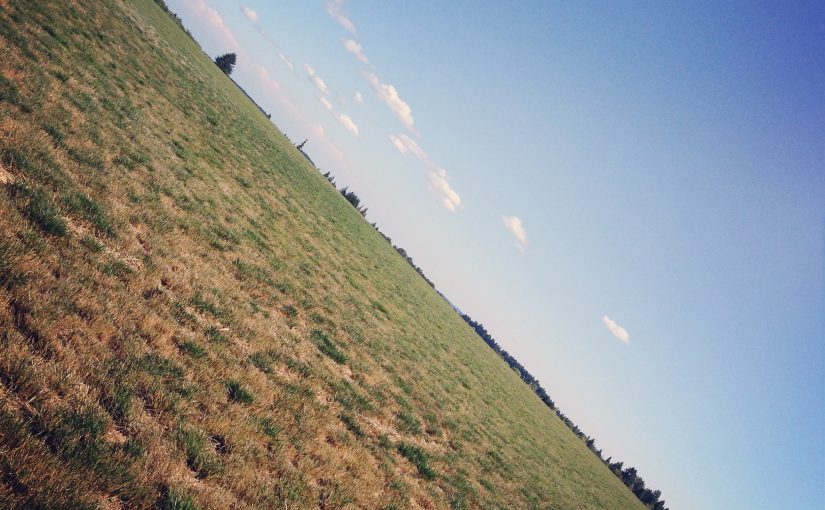I went for a walk through a historic graveyard. Most of the people seemed to be dead before the 1940’s, although there were some random 00’s scattered amongst the pioneers. The graveyard in my hometown is beautiful, though it has a little bit of a sterile, David Hockney quality, all flat lawns and sunlight and palm trees. The dead find their rest and, like the living, are rarely bothered by the weather.
The Oregon graveyard is scarred by the weather. Grave markers sink quietly into the uneven ground, while more ostentatious markers are overtaken by moss.
The most interesting feature of the cemetery were large rococo stelae in the shape of trunks, complete with gnarled bark and forest creatures. It reminded me of the pioneer identity that must have been so important to previous generations of Oregonians–I am the worst kind of outsider, a Californian–, an identity that I don’t really see in the culture here, except in museums and school names. I was struck by its tackiness and its idiosyncrasy: I didn’t imagine that the person who could afford to be buried in the city and have a person-height memorial was the coonskin hat wearing type, and at the same time, it’s hard to imagine anything like it anyplace else.
My mind wandered to the tension between the local and the universal. I’m one of those high culture types. I believe, sincerely, that great culture can come from anywhere and be an asset to the world. Japanese film. Tequila. Gumbo. Whatever. One of the things that eats at me, though, is that it is exactly my type of person that is the most threatening to folk cultures, to local variation, to art forms not yet recognized as such.
There seems to be a life cycle: a culture forms as a response to change. That culture challenges baseline assumptions of existing cultural forms. Those existing forms have already achieved legitimacy, so culture defenders (again, I think of myself as one of them) form ranks to protect them. The new form hangs on. The new form becomes popular because of its newness. The new form becomes old, but has built up a body of practitioners and ideas about itself. The culture defenders recognize the wealth of culture that has built up, and incorporate it into existing patterns of cultural presentation/prestige. This hybrid form becomes part of the world culture.
For that life cycle to complete itself requires that I have a shadow twin. Somebody that believes the local/new/yet-unrecognized culture is legitimate in and of itself. That rejects the influence of the wider culture as intrusion. One of the things that most difficult for me to accept is that perhaps the perfect outcome is that we both be in balance, that neither one achieves dominance over the other. Too much high culture, and the idiosyncrasies of the local culture become ironed out, homogenized. Too much of the local culture, and it dies with its last practitioner, or never evolves in complexity in response to the mixture of other cultures.
Portland is going through a bit of a high culture moment. Its aspirations, in its restaurants, art scene, music culture, is to be a “world class” city. But where does that leave the pioneers? Are they present with us, in mason jars of bourbon drinks, in the fresh local produce and heritage breeds featured in its restaurants, in the genderfuckery and tolerance for experiment in its art scene? Or are they dormant, preserved in the cold earth, waiting to take their place as grandparents of the future city?

